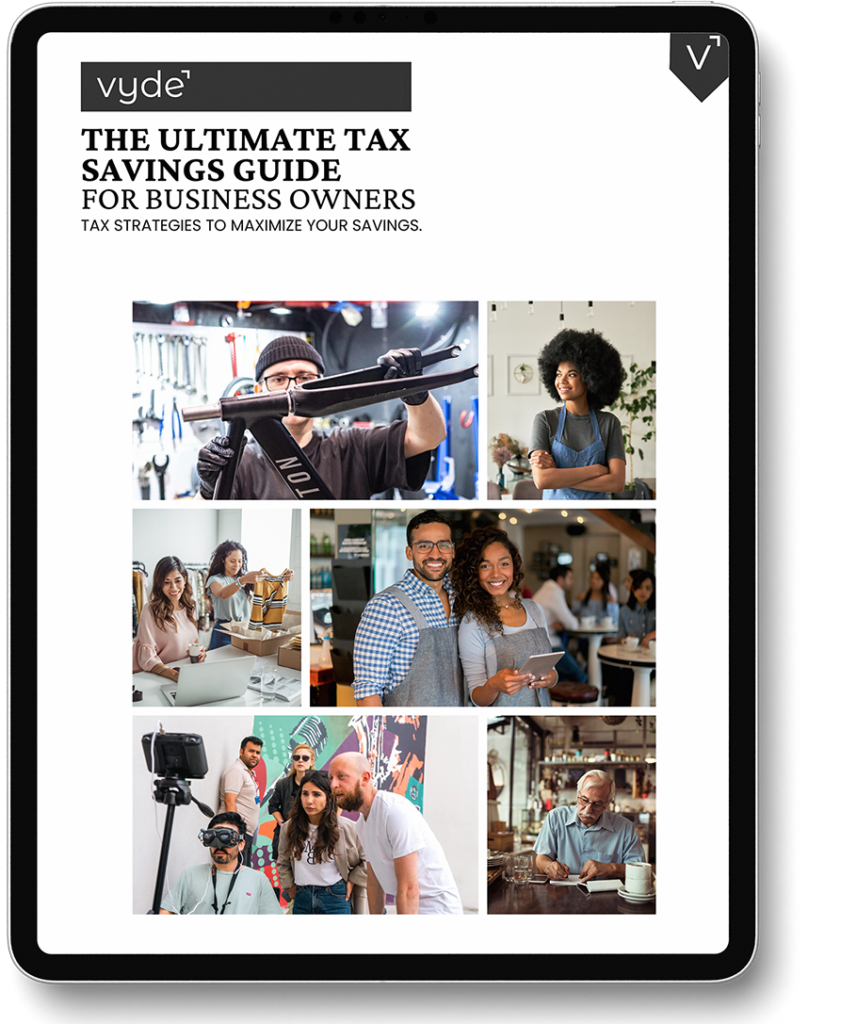
If your business needs fast access to capital without going through the lengthy process of a traditional loan, Merchant Cash Advances (MCAs) might be the solution. This Merchant Cash Advances Guide for Business breaks down what MCAs are, how they work, their pros and cons, and how you can determine if they’re right for your business.
What is a Merchant Cash Advance?
A merchant cash advance is not a traditional loan. Instead, it’s a lump sum of capital that a business receives in exchange for a portion of its future credit card or debit card sales. MCAs are commonly used by small and medium-sized businesses that need quick funding and may not qualify for conventional loans.
Businesses typically repay the advance through a percentage of daily sales or fixed withdrawals, making the repayment flexible and based on cash flow.
How Does a Merchant Cash Advance Work?
To understand this funding method, imagine a lender offering you $50,000 upfront. In exchange, you agree to repay $60,000 by allowing them to take 10% of your daily credit card sales. This continues until the full repayment amount is collected.
The repayment period isn’t fixed in days but depends on your sales volume. The more you sell, the faster you repay.
Merchant Cash Advance Terms and Features
When considering this funding option, it’s crucial to understand the key merchant cash advance terms and features involved:
Advance Amount
This is the lump sum you receive. It often ranges from $5,000 to $250,000, depending on your business’s average monthly sales.
Factor Rate
Instead of a traditional interest rate, MCAs use a factor rate, typically ranging from 1.1 to 1.5. For example, a $10,000 advance with a 1.3 factor rate means you owe $13,000.
Payment Frequency
Most repayments are daily or weekly and can either be a fixed ACH withdrawal or a percentage of card sales.
Types of Repayment Structures
There are several common ways MCAs are repaid:
ACH Withdrawals
With Automated Clearing House (ACH) withdrawals, fixed amounts are deducted directly from your business bank account—regardless of daily sales performance.
Split Payments Processing
This method involves splitting your daily credit card receipts. A small percentage is automatically routed to the lender until the agreed amount is paid off.
Lock Box Withholding
A more controlled option, lock box withholding requires all revenue to go into a special account. The lender takes its cut first, and the rest is forwarded to you.

Potential Merchant Cash Advance Risks
Understanding the risks outlined in this Merchant Cash Advances Guide for Business is crucial before moving forward.
They Can Be Expensive
Factor rates may look small, but they result in high APRs—often exceeding 80% or even 100%.
They Aren’t As Well Regulated As Loans
Because MCAs are not considered loans, they’re not subject to the same regulations. This can expose you to aggressive collection tactics or confusing terms.
You May Be Asked To Change Payment Processors
Some MCA providers require you to use a specific payment processor, limiting your flexibility and potentially increasing costs.
You May Experience Payment Delays
Especially in split or lock box systems, you may experience delays in receiving your sales revenue, which can disrupt cash flow.
Double Dipping
Some providers might offer a second MCA before the first is paid off, stacking your obligations and potentially leading to a debt trap.
Merchant Cash Advance Pros
Despite the risks, many businesses turn to MCAs for the advantages they offer:
Fast Approval and Funding
Applications can be approved in hours, and funds are often disbursed within 1–3 business days.
May Offer Flexible Repayment Terms
Because repayments are tied to sales, they adjust with your revenue—making them less of a strain during slow periods.
Good Credit Scores Not Required
Many MCA providers focus more on sales history than credit score, making it accessible for businesses with poor or limited credit.
Wide Range for Use of Funds
There are usually no restrictions on how you use the money—from paying bills and purchasing inventory to covering payroll.
No Collateral Required
Unlike traditional loans, MCAs are unsecured, meaning you don’t have to risk assets like property or equipment.
When to Use Merchant Cash Advances
MCAs aren’t ideal for every situation, but they can be helpful when used strategically:
Temporary Cash Flow Help
If your business is facing a short-term dip in revenue or seasonal fluctuations, an MCA can provide quick relief.
Purchasing Inventory at a Deep Discount
Time-sensitive opportunities—like buying inventory at a steep discount—can justify the high cost of an MCA.
Unplanned Expenses
Equipment repairs or sudden business needs can be managed quickly with MCA funding.
Working Capital
Businesses may also use MCAs to cover day-to-day operations, such as marketing or staffing, when cash is tight.
How to Apply for a Merchant Cash Advance
Applying for an MCA is straightforward compared to traditional loans. Here’s what you typically need:
- Business bank statements (usually the last 3–6 months)
- Credit card processing statements
- Government-issued ID
- Basic business information (EIN, industry, years in operation)
Most MCA providers have online applications, and decisions are made quickly—sometimes the same day.
However, always review the terms carefully. Pay attention to the factor rate, repayment structure, and any hidden fees. Ask about early repayment penalties and whether the provider reports to credit bureaus.

Why Vyde is the Best Accounting Partner for Your Business
While an MCA might solve your immediate cash floaw needs, you need a long-term partner to guide your finances—especially during tax season. That’s where Vyde comes in.
Vyde specializes in helping small businesses manage their accounting, bookkeeping, and tax filings with ease. Here’s why Vyde stands out:
- Accurate financial tracking to monitor your repayments and avoid cash flow issues
- Expert tax guidance so MCA repayments and costs are properly accounted for
- Advisory support to evaluate whether future MCAs are a wise decision
- Transparent pricing with no hidden fees
- Dedicated support team to answer your financial questions year-round
By partnering with Vyde, you ensure your business remains financially healthy—even if you rely on MCAs or other alternative funding sources.
This Merchant Cash Advances Guide for Business shows that while MCAs offer fast and flexible funding, they come with significant costs and risks. They’re best used for short-term, strategic needs, not as a long-term financing solution.
Before signing any agreement, fully understand the merchant cash advance terms and features, and consider whether the repayment structure fits your business model. If in doubt, consult a financial advisor—or better yet, work with experts like Vyde who can guide your decision and support your ongoing financial health.
Let Vyde handle the numbers so you can focus on growing your business. Whether you’re managing an MCA, preparing for tax season, or just need expert accounting support—Vyde is here to help.
Contact Vyde today and take control of your business finances with confidence.
Feel free to explore more related topics in this section:
- Personal vs. Business Credit: What Every Owner Needs to Know
- What Lenders Look For in Your Financials — And How to Prepare
- How to Use Dun & Bradstreet Credit Insights to Your Advantage
- How to Build Business Credit from Scratch (Step-by-Step Guide)
- What is the D&B PAYDEX Score
- The Pros and Cons of Merchant Cash Advances
- How to Improve Your Chances of Getting Approved for a Business Loan


